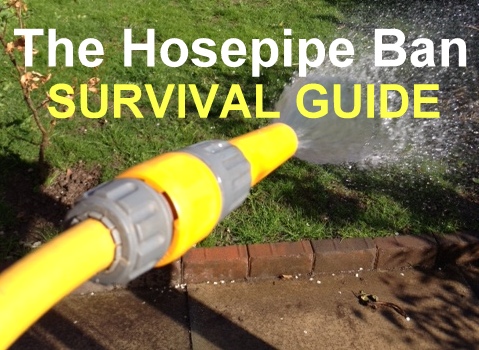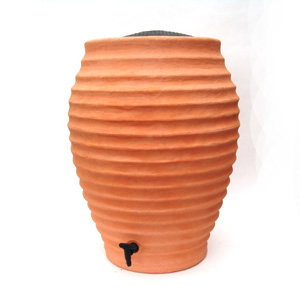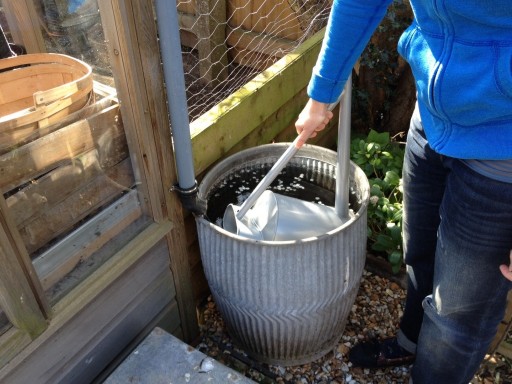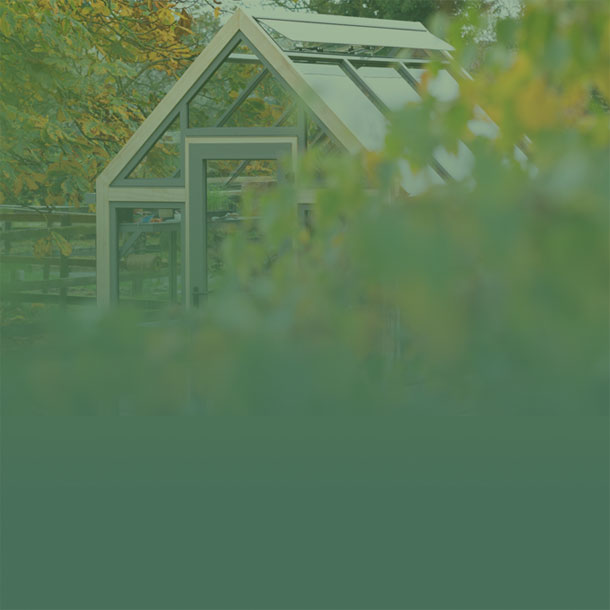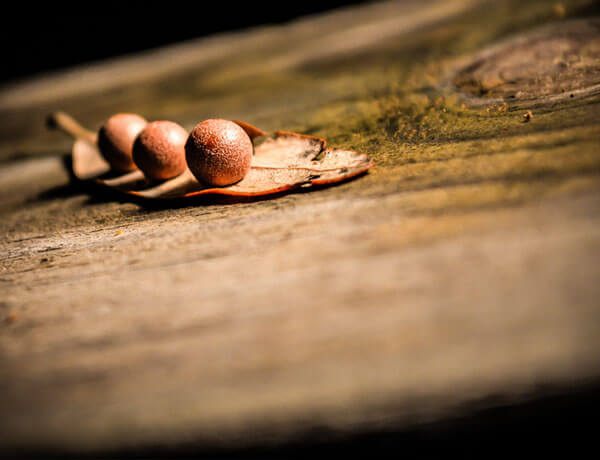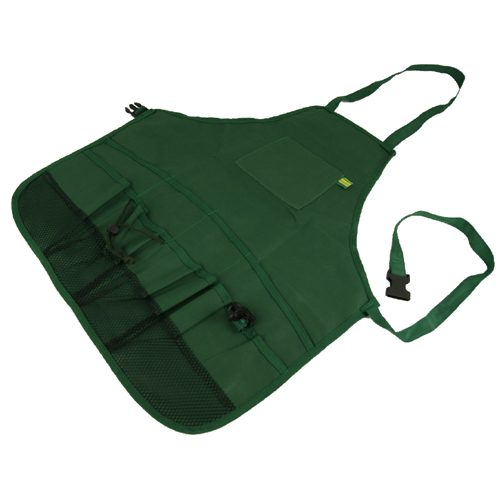-
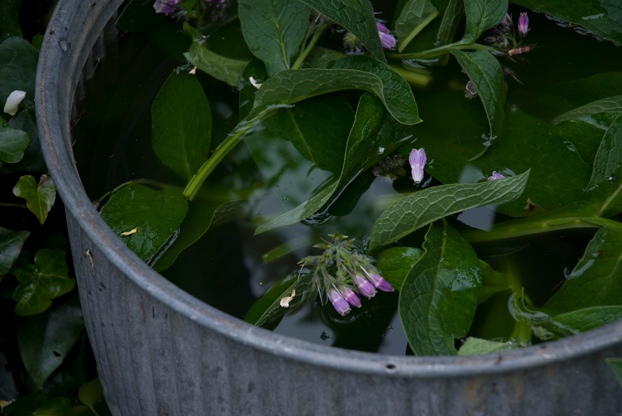
Water Conservation
Using a hose might be a simple solution to watering the garden but (or should I say ‘butt’) during periods of drought and hosepipe bans what are the alternatives ?
In an ideal world we would all have rainwater harvested from our roofs and stored unobtrusively underground in a large tank that provides us with all the water we desire for our every horticultural need. Unfortunately, it isn’t an ideal world, and this isn’t always a practical option; great if you have a new garden, not so great if your garden is established because there’s a lot of digging involved. There are a number of good companies specialising in these systems. Here’s some :
Above ground storage is a cheaper and less disruptive solution, but the tanks can be a bit of an eyesore, unless tucked away behind a trellis. Rainharvesting have put together the entire kit, including a 1300litre tank and a pump at a very competitive price. One of the cheapest solutions is the use of recycled bulk juice or foodstuff containers; d and v fuels has a wide range of very inexpensive 200 litre plastic containers. This is double the capacity of the average water butt and by linking them together you can store a useful amount of water.
If you are looking for a more attractive solution, manufacturers are addressing this issue and you can now buy large capacity tanks that resemble terracotta urns, oak barrels and stone pillars.
Of course, if you have a small garden this may all be a bit too large scale for your needs, but every garden should find a space for at least one waterbutt -and you will be surprised how many opportunities there are to harvest water – even in a small garden. Fix gutters on your shed, garage and greenhouse as well as your house and you may find your outside tap becomes obsolete. Not only will you be saving money, you will also be giving your plants what they like best – pure rainwater.Dealing with drought
Of course, water conservation is not just about capturing rain, it is about creating a less thirsty garden and learning better watering habits. Mulching beds, borders and even pots can significantly reduce the amount of water that plants need by helping the soil retain moisture and reducing evaporation. A 5cm layer of mulch is ideal and should be spread in spring when the soil has warmed up, but before it dries out. Much used by the RHS (and me) is Strulch , a mineralised straw mulch which is easy-to-handle and very effective. For pots, grit or gravel are effective and attractive.
The best time to water plants
In general, I try to do most of my watering in the cool of the evening as this allows the plants the maximum amount of time to absorb the water before it is evaporated by the sun, but if slugs are a problem in your garden, early morning is a good alternative.
And finally, the humble watering can is invaluable. Have a collection of them and at the end of your watering routine fill them up and dot them about the garden in strategic spots. Then, when you spot a plant that is flagging, you can water it then and there. It’s so much easier than remembering to go back later – and better for the plants too.

